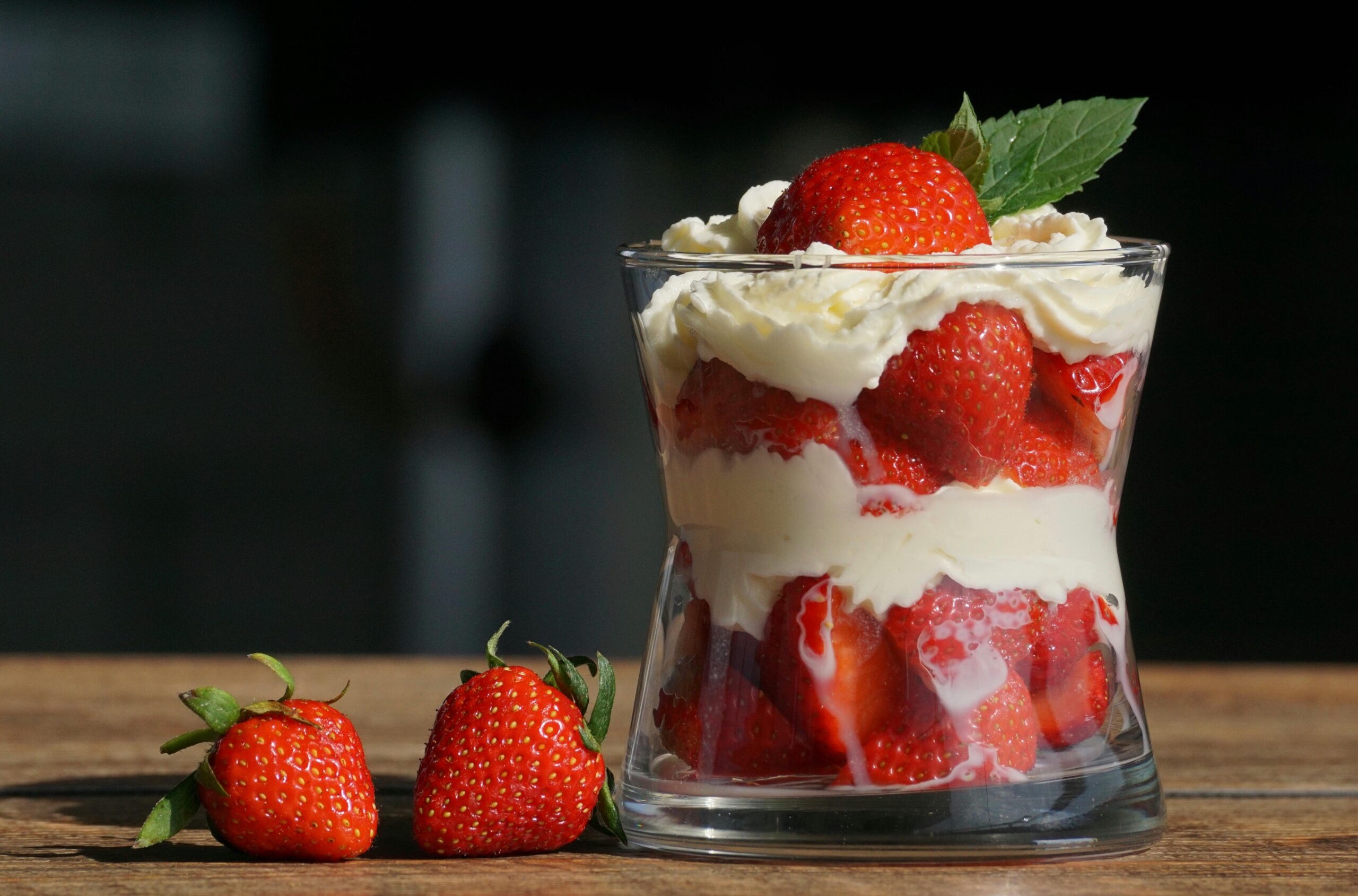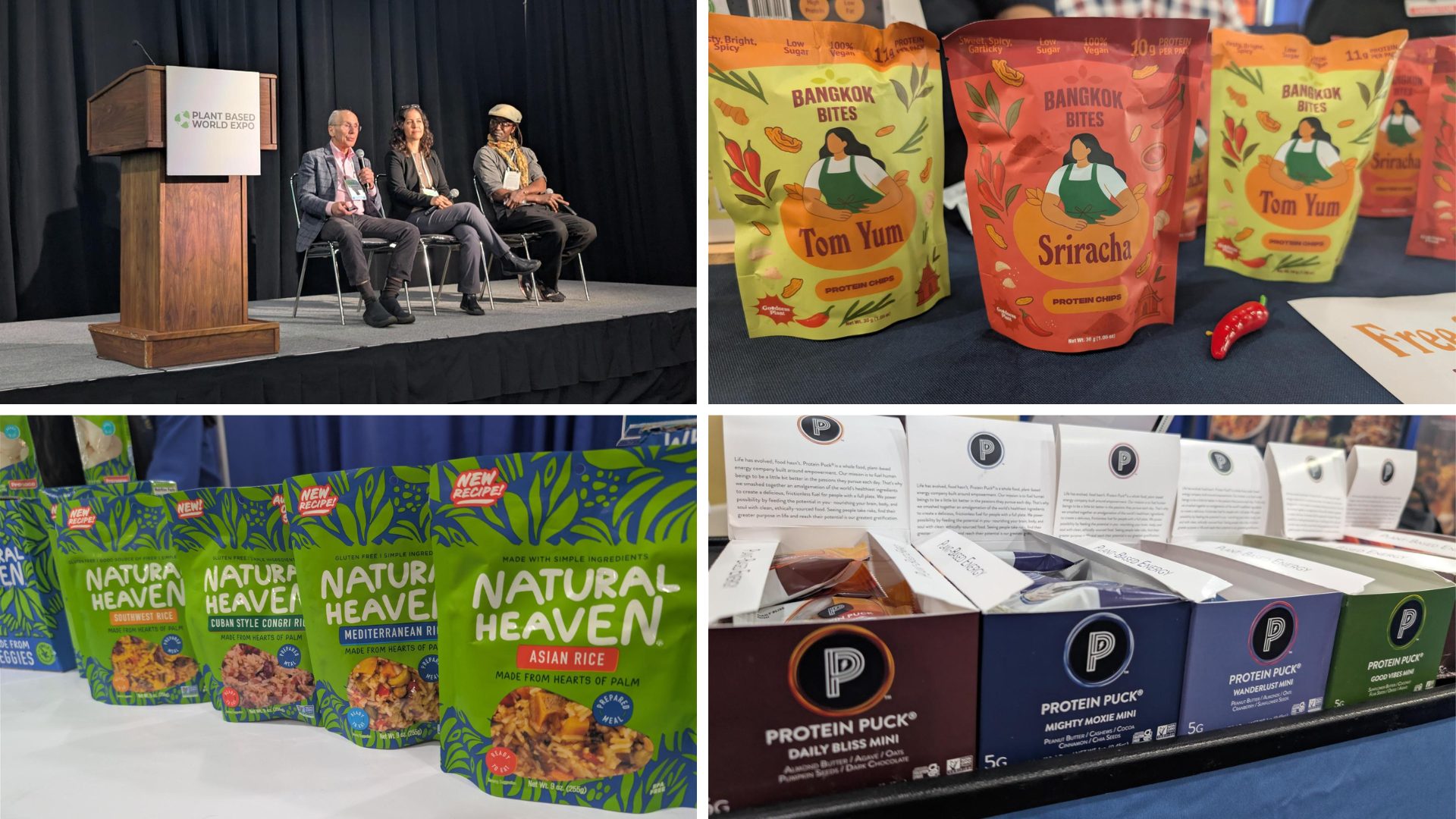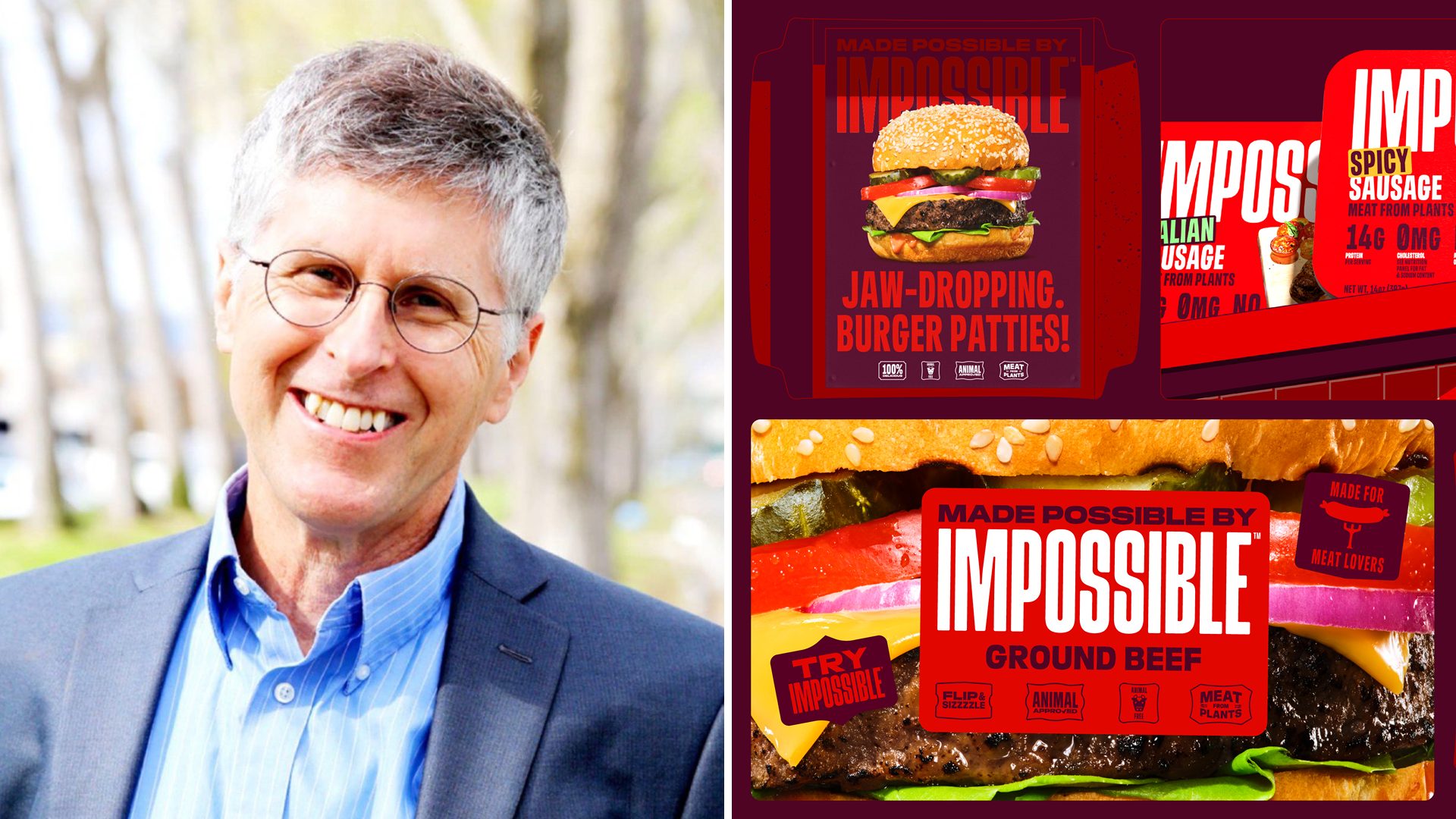Lately, the plant-based sector has seen a wave of dairy-free heavy cream alternatives hit the market, with brands ranging from Country Crock to Trader Joe’s launching new alt-cream products.
Jason Wrobel, digital marketing and creative director at Switch4Good, sat down with FI to offer his take as a professional chef, television host, and cookbook author.
What do you think is driving this uptick in heavy cream alternatives?
Wrobel: I think the dairy-free “cream” category is booming as more people eat plant-based or flexitarian diets. Surveys show that many consumers now mix dairy and non-dairy products – in Europe, roughly 45% report adopting a “flexitarian” lifestyle incorporating both traditional and plant-based dairy – and demand for plant milks and creamers is rising.
Health is also a major driver, as global lactose-intolerance rates are very high (about 85% in China and 72% in Italy), so many seek lactose-free creams. In fact, market research finds that about one-third of consumers choose plant milks “to feel healthier.”
From a product development perspective, food scientists are rapidly developing exciting new formulations that mimic dairy cream’s fat-protein structure. Many new formulas are using plant oils (coconut, sunflower, rapeseed, etc.) blended with plant proteins (fava bean, pea, soy, mung bean, aquafaba, etc.) plus hydrocolloid stabilizers (guar, xanthan, carrageenan) and emulsifiers (lecithin, mono-/diglycerides, sucrose esters, etc.) to recreate a creamy emulsion.
For example, Silk’s heavy whipping cream substitute uses coconut and sunflower oils with fava bean protein, guar gum, and sunflower lecithin. Studies and suppliers note that the choice of fat and emulsifier/stabilizer blend is critical, as the right vegetable fat influences viscosity and foam stability, while additives like lecithin and mono-diglycerides help “destabilize” fat droplets to form a stable cream.
What are some of the most intriguing bases for heavy cream alternatives, in your opinion?
Wrobel: Oats are really interesting to me because they offer a naturally creamy texture with decent sugar and beta-glucan content, which contributes to a smooth mouthfeel and light sweetness. They’re also low-impact environmentally. They blend easily and foam fairly well with the right oils and stabilizers. I love oat-based creams for their neutral taste and sustainability halo, so it’s no wonder that so many brands use them. Califia Farms’ Heavy Whip dairy-free heavy cream substitute is my current favorite.
There’s a lot of emerging research into pinto beans. Food scientists have found that broken pinto beans can yield really good emulsification and body without extensive processing. Pinto starch and proteins provide both stellar mouthfeel and a thick viscosity, plus, they’re affordable and highly sustainable. Using these beans also taps into circular food economy ideals – turning imperfect or surplus beans into high-value ingredients.
What are some challenges in replicating taste and texture in plant-based heavy cream alternatives?
Wrobel: Replicating the rich taste and silky texture of dairy heavy cream with plants is no easy feat. Traditional cream is a stable emulsion of fat and water, with unique fat globules that whip into stiff peaks and deliver a luxurious mouthfeel. Plant-based versions have to mimic all that – without dairy’s natural emulsifiers.
To achieve this, formulators carefully blend plant proteins, oils, and natural emulsifiers to create stable, whip-ready creams. Coconut oil is popular for its saturated fat content and structure, but its distinct flavor can be hard to mask. Oats, legumes, and seed oils offer neutral alternatives but often need thickening agents or emulsifier blends to stay smooth and hold air when whipped. The trick is engineering a fat and protein system that destabilizes just enough during whipping to trap air, without turning to synthetic additives – a major hurdle for clean-label brands.
Flavor is another challenge. Many plant proteins, especially from soy or peas, carry earthy or beany off-notes that clash with the neutral, slightly sweet profile of dairy cream. Masking these flavors requires careful formulation with natural flavorings or mild sweeteners.
Meanwhile, whipping performance hinges on how well fats and proteins interact during mixing – too stable, and it won’t whip; too loose, and the foam collapses.
Developers often use specialized ingredients like mono- and diglycerides or oat-derived fibers to balance structure and stability, but these can complicate label appeal. Despite these challenges, innovation is booming, with newer bases like lentils and fava beans offering promising performance and sustainability – signaling that plant-based heavy cream is quickly becoming more than just a substitute.
The Food Institute Podcast
Just how difficult is it to scale a better-for-you snack company? Rebecca Brady, founder and CEO of Top Seedz, shares how she turned a homegrown idea into a rapidly scaling snack brand and breaks down the strategy behind her growth, from bootstrapping production to landing national retail partnerships.












